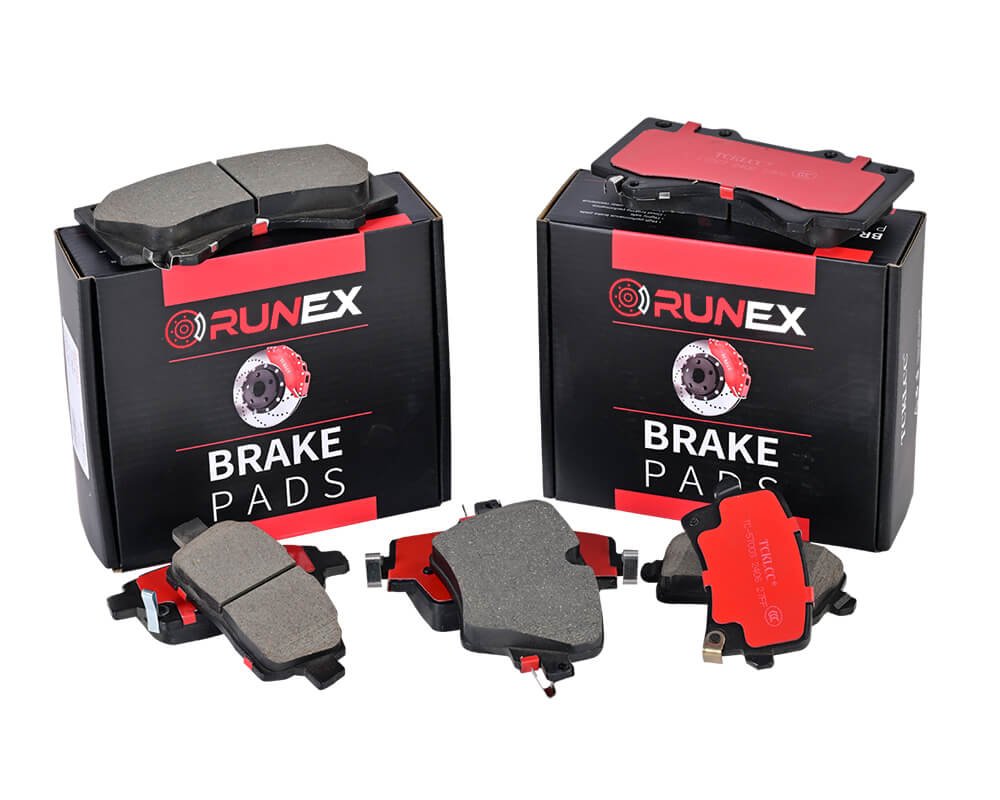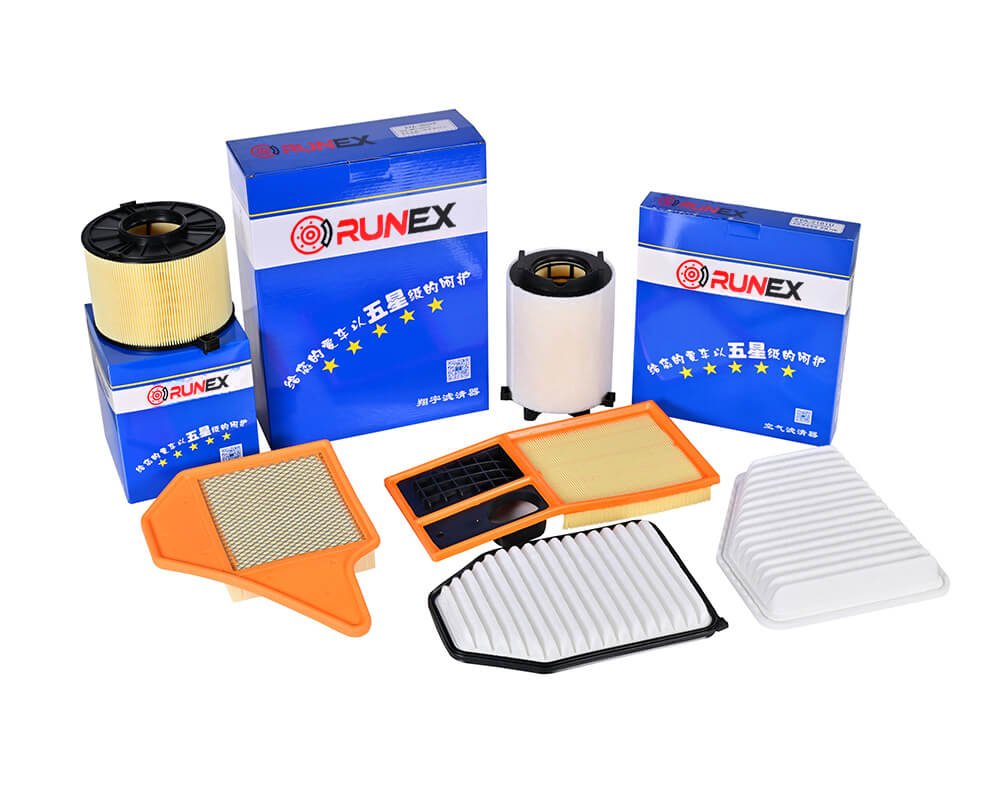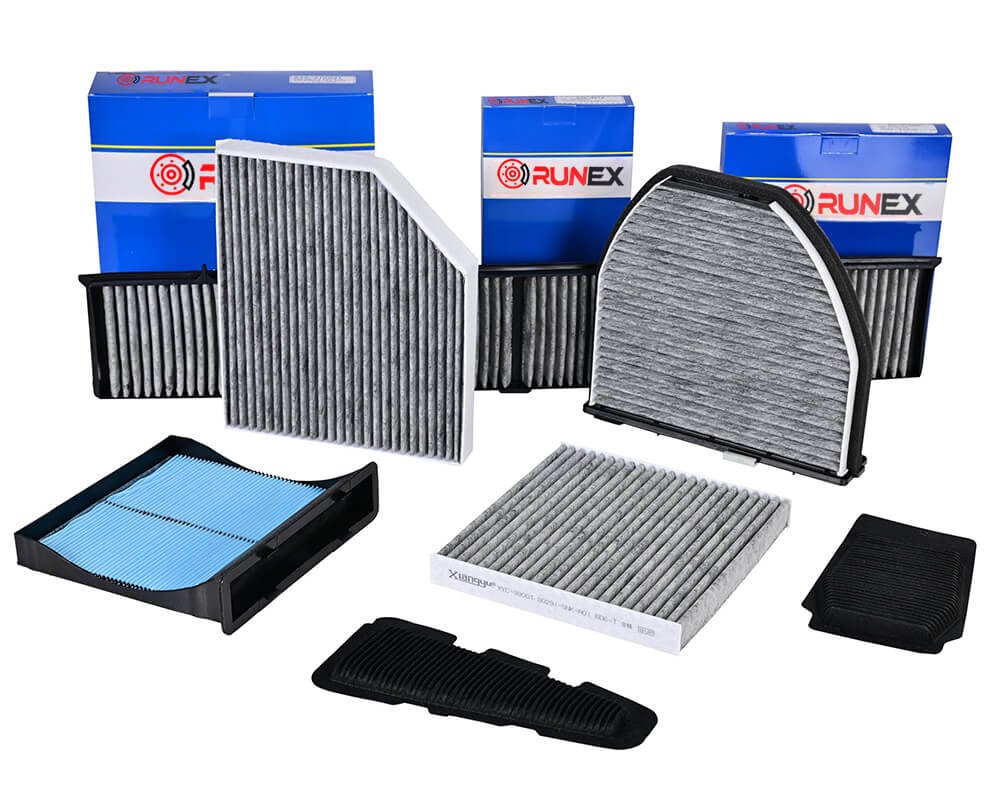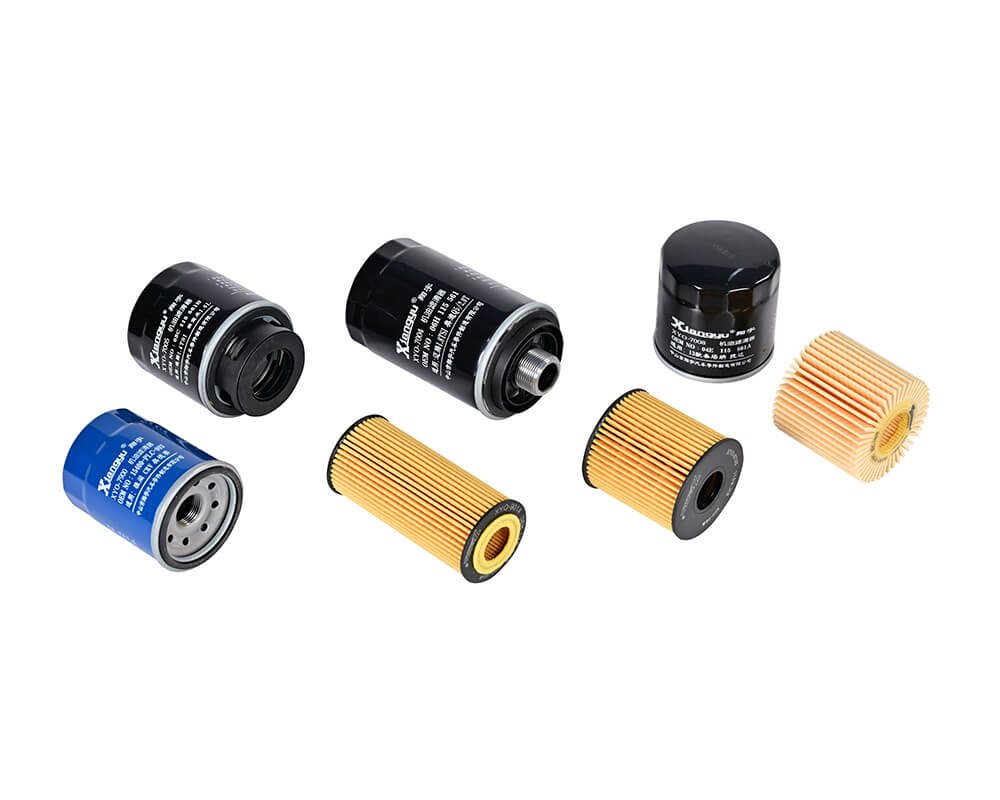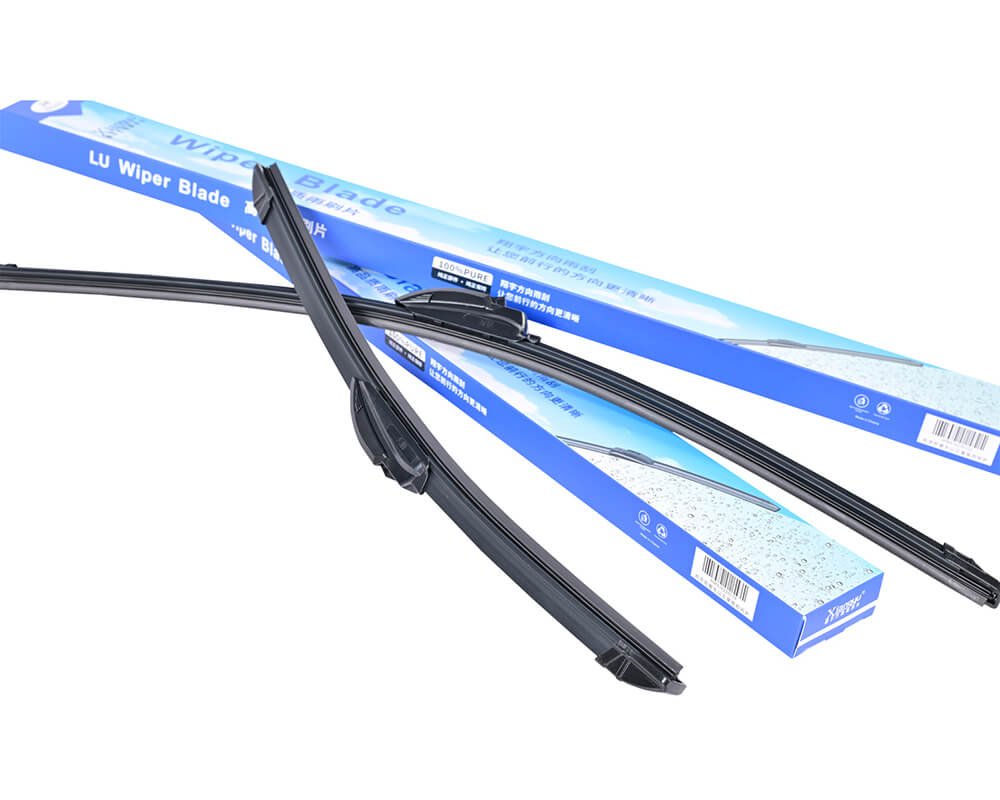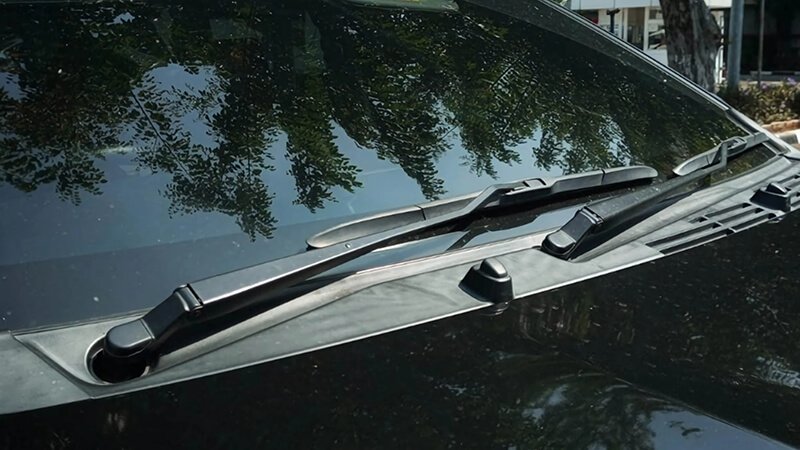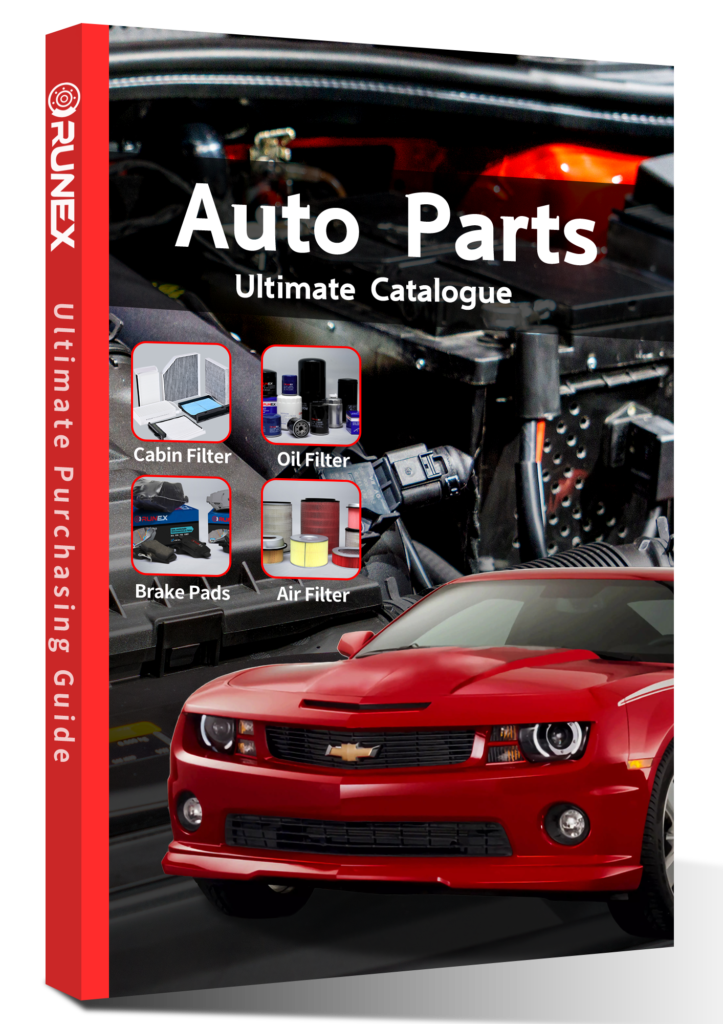Brakes save lives, yet most drivers overlook tiny leaks that can destroy them. A few drops of brake fluid on the pads turn reliable stopping power into a risky guess.
Brake fluid ruins pad friction. Once soaked, pads cannot grip the rotor, and stopping distance grows dangerously long. Replacement is the only safe fix.
When a fleet customer rang me in panic, I found his delivery van’s pads glossy with fluid. No hard stop could restore them. We swapped the pads and flushed the system the same afternoon. That memory still guides every inspection I perform.
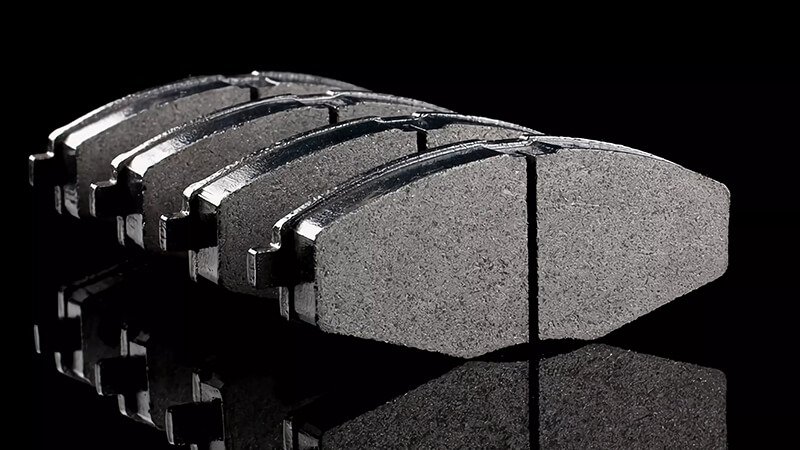
What happens if I get brake fluid on my brake pads?
A quick top-off can drip onto the pads. You may wipe the surface and drive off, but the real harm begins inside the material.
Brake fluid softens the pad compound, lowers the coefficient of friction by up to 50 %, and causes unpredictable braking. The safest response is immediate pad replacement.
Why fluid penetrates so fast
Brake pads are porous. Resin bonds and metallic fibers create micro-channels that wick liquid deep below the face. The first press of the pedal heats the pad, thins the fluid, and drives it even deeper.
Chemical impact on pad compounds
| Pad Type | Typical μ (Dry) | μ After Fluid Soak | Change % | Field Verdict |
|---|---|---|---|---|
| Organic | 0.42 | 0.18 | −57 % | Unsafe, discard |
| Semi-metallic | 0.48 | 0.25 | −48 % | Unsafe, discard |
| Ceramic | 0.38 | 0.21 | −45 % | Unsafe, discard |
Dive deeper: inside the failure spiral
Brake fluid contamination1 starts a failure spiral. I split the process into three stages:
Stage 1 – Absorption
Fluid seeps into the top 1–2 mm. The pad still works, but you feel a slight softness. Many drivers dismiss this.
Stage 2 – Thermal spread2
Normal braking heats pads above 300 °C. Fluid vaporizes and migrates, carrying resins with it. The surface glazes, and pedal travel lengthens. Stopping distance can double.
Stage 3 – Structural decay3
Repeated heating cracks the compound. Chunks break away, noise rises, rotors score, and caliper pistons over-extend. Now the whole brake corner needs rebuilding.
In my shop we follow a strict rule: “If in doubt, throw it out.” Pads are cheap compared with bodywork and liability claims. The technician replaces pads, inspects rotors for hot spots, flushes the system, and records the incident for warranty tracking.

What happens if you get oil on your brake pads?
Engine oil, CV grease, or power-steering fluid often ends up on pads after a careless service. It looks different from brake fluid, yet the danger is equal.
Oil coats the pad surface, forms a slippery film, and burns into a carbon glaze that destroys friction. Cleaning cannot restore performance; replacement is required.
How oil behaves on friction material
Oil does not penetrate as deeply as brake fluid, but it bonds to carbon and metallic fibers. The next brake event vaporizes light fractions, leaving a hard black shell that blocks fresh pad material from bedding.
| Parameter | Brake Fluid | Engine Oil | Grease |
|---|---|---|---|
| Penetration Depth | High | Medium | Low |
| Surface Film Thickness | Thin | Thick | Very Thick |
| Smoke / Odor on Heat | Moderate | Heavy | Heavy |
| Clean-up Success Rate | 0 % | 5 % | 0 % |
Dive deeper: risk assessment and cost math
1. On-road risk window
From the moment oil hits the pad you have a “risk window4” of roughly 5–15 brake applications. After that, glazing sets in. Many drivers discover the problem only when a sudden stop fails.
2. Pad versus accident cost
Typical pad set: 40 USD. Average minor rear-end repair: 1 450 USD. Insurance premium rise: 30 % for three years. The cost ratio5 is absurdly clear.
| Item | Cost (USD) |
|---|---|
| New front pad set | 40 – 65 |
| Rotor resurfacing (pair) | 60 – 120 |
| Paint & bumper repair | 1 450 |
| Whiplash claim (avg.) | 8 750 |
3. Supply-chain lesson
As an OEM supplier I once shipped pads to a distributor who stored them under leaking hydraulic lines. Two weeks in, the top layer of boxes was soaked. We scrapped the inventory. That single decision saved their reputation — and kept our partnership intact.
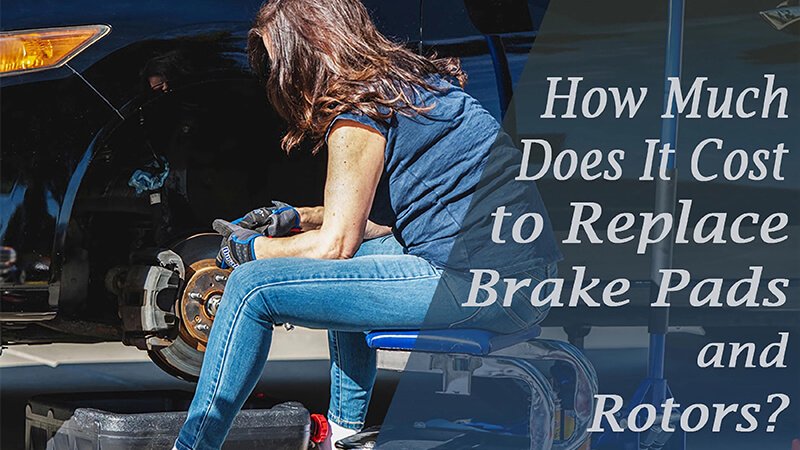
What happens when brake pads get wet?
Water is harmless when compared with oil or fluid, but it can still cause short-term brake fade and long-term corrosion.
Water lowers friction by acting as a temporary boundary layer. Pads dry quickly under normal driving, yet repeated wetting can lead to rust, noise, and uneven wear.
Water’s dual effect
- Immediate fade: A thin film stops pad-rotor contact until heat removes it.
- Delayed corrosion: Moisture left overnight creates iron oxide scales that chip pads.
| Condition | Fade Duration | Long-term Damage Risk | Mitigation |
|---|---|---|---|
| Light Rain | 1–2 stops | Low | Tap brakes lightly |
| Deep Puddle | 3–5 stops | Medium | Moderate braking to dry pads |
| Flooded Road | 5–8 stops | High | Dry pads, inspect rotors for rust ring |
| Snow / Ice | Variable | High | Frequent gentle braking to shed slush |
Dive deeper: moisture management in pad design
Hydrophobic additives
At Runex Auto we blend silane-treated fibers6 into the compound. These fibers repel water, helping the pad dry faster.
Slot and chamfer engineering
Slots act like gutters. They vent steam and eject debris. Chamfers prevent hydro-planing on the rotor edge.
Test protocol
We soak pads in 10 °C water for 30 min, then run a deceleration test from 100 km/h. A pass means stopping distance increases by no more than 15 %. Our ceramic line averages 9 %.
| Test Step | Result (Organic) | Result (Semi-metallic) | Result (Runex Ceramic) |
|---|---|---|---|
| Dry μ baseline | 0.40 | 0.46 | 0.37 |
| Wet μ first stop | 0.26 | 0.31 | 0.29 |
| Δ Stopping Distance (%) | +48 % | +35 % | +22 % |
| Recovery after 3 stops | Full | Full | Full |
Driver best practice
I always tell customers: after a car wash, tap the brakes before joining traffic. The light heat dries the pads and prevents that first-corner surprise.

Can brake fluid cause brakes to fail?
Fluid is more than a contaminant; it is the force carrier of the entire hydraulic system. When it leaks, boils, or absorbs water, failure can be total.
Brake fluid failure shows up as a sinking pedal or no braking at all. A leak coats pads, but boiling fluid creates vapor, which compresses. Both scenarios can end in complete brake loss.
System weak points
| Component | Typical Failure | First Symptom | Immediate Action |
|---|---|---|---|
| Rubber Hose | Crack / Bulge | Spongy pedal | Replace hose, bleed system |
| Caliper Piston Seal | Seepage | Fluid on wheel, pad slip | Rebuild caliper, new pads |
| Master Cylinder Cup | Internal bypass | Pedal drops, no leaks | Replace master cylinder |
| Brake Fluid (DOT 3) | Water absorption | Pedal fade on long hill | Flush every 2 years |
Dive deeper: from fluid health to safe stops
Moisture absorption and boiling point
DOT 3 fluid7 starts at 205 °C dry boiling point but can drop to 140 °C when 3 % water is absorbed. Long mountain descents easily exceed that.
| Fluid Condition | Boiling Point (°C) | Pedal Feel | Risk Level |
|---|---|---|---|
| Fresh DOT 4 | 230 | Firm | Low |
| 1 % Water | 195 | Slightly soft | Medium |
| 3 % Water | 155 | Spongy | High |
| Vapor Present | 100 | Pedal floor | Critical |
Heat map of failure scenarios
- Track Day: Hard braking laps create sustained heat >300 °C. Fluid boils, vapor pocket forms, pedal collapses.
- Urban Gridlock: Stop-and-go plus under-hood temps over 120 °C. Moist DOT 3 reaches wet boil, fade appears.
- Downhill Tow: Heavy SUV + trailer on a 12 % grade. Continuous braking loads the fluid. If pads are already soaked from a leak, you face a double threat: no friction and no pressure.
Prevention loop
I follow a 12-month service loop8:
- Month 0: Flush fluid, replace reservoir cap gasket.
- Month 6: Inspect hoses, check moisture with pen tester (<2 % = pass).
- Month 12: Repeat flush if moisture >3 % or color is dark amber.
It costs under 60 USD in parts and keeps the entire hydraulic chain sound.
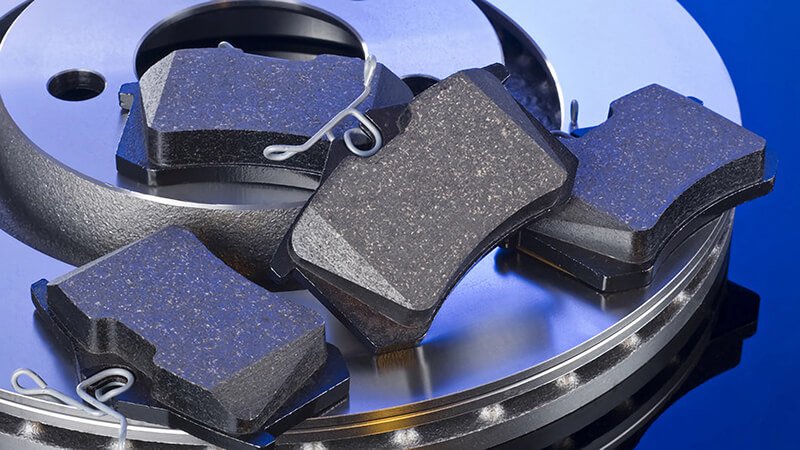
Conclusion
Brake safety hinges on friction and hydraulic integrity. Brake fluid9 or oil on pads slashes friction. Water masks it. Leaking or boiling fluid kills pressure. My rule is simple: if anything but clean rotor iron touches a pad, replace the pad; if fluid looks old, flush it. At Runex Auto we engineer pads to resist abuse, yet no design can fight physics. Treat contamination early, and every stop stays predictable.
-
Understanding brake fluid contamination is crucial for maintaining vehicle safety and performance. Explore this link for detailed insights. ↩
-
Thermal spread can significantly impact braking efficiency. Learn more about its effects and prevention strategies by exploring this resource. ↩
-
Preventing structural decay is vital for safe braking. Discover effective prevention methods and maintenance tips in this informative article. ↩
-
Understanding the risk window can help drivers recognize the critical time frame for brake performance after oil contamination. ↩
-
Exploring the cost ratio highlights the financial implications of neglecting brake maintenance, emphasizing safety and savings. ↩
-
Explore how silane-treated fibers enhance moisture management in brake pads, ensuring better performance and safety. ↩
-
Understanding DOT 3 fluid properties can help you maintain brake safety and performance effectively. ↩
-
Discover the benefits of a regular service loop to keep your braking system in optimal condition and prevent failures. ↩
-
Runex Auto offer the best quality brake pads for B2B Business, try to get your more information from thiis link. ↩



